The great Scarlet Macaw
The scarlet macaw, ara macao or guacamayo – the name alone sounds like a latin dance – with its splendid colors, boisterous chatter and graceful flight speaks volumes to the imagination. And not just ours…
For the Aztecs, this bird was related to the sun, and its feathers highly sought after for elaborate headdress.
It was also the case for the Maya, who worshiped the plumage, which colors for them represented the sun and the sky. Many drawings on the Mayan ruins of Copán, Honduras, bear witness to the importance the macaws had for them. It impressed them so much, Honduras chose the bird as its national symbol.
Closer by, here in Costa Rica, for the Maleku people (indigenous people in the Guatuso area, Alajuela), the bird is sacred as it symbolizes the creation of the universe. Also, did you know the scarlet macaw is like the swan? It has only one partner in its entire life. That is why it is also a symbol of fidelity.
The scarlet macaw can be found in large parts of Latin America, from Mexico to Bolivia, and it seeks out the humid tropical rainforests near the sea or lakes. In Costa Rica, it was previously found on both coasts, however, now it is found almost exclusively on the Pacific side. The biggest population in our country is found in Carara National Park.
Macaws can measure up to 80cm, from the tip of one wing to the tip of the other and weigh almost 1 kg. It mainly feeds on seeds, although it also eats fruits, insects and even some flowers at times. As they like to fly high, they are mainly found in the treetops, and they nest in high hollow trunks. One of their favorite trees is the kapok tree (ceiba).
In the wild, macaws often don’t reach more than 15 years of age, although they are known to reach 70 years and more.
However, not all is pretty, and the scarlet macaw has been victim to its great qualities. So much beauty, besides its intelligence allowing it to learn tricks and word, and imitate voices, made that many persons wanted to have them as pets and put them in cages. Fortunately, the world and our way of thinking has evolved, and today, in many countries – including Costa Rica – it is no longer allowed to have them in captivity.
In the year 1990, the species was almost extinct in the country. Now there is more hope again, thanks to protection programs that favor planting the preferred trees of these birds for their nesting, like kapok and javillo; environmental education in the villages to stop the theft of the little birds and hunting, and other actions such as the commitment to ecotourism, it was possible to increase the population of scarlet macaws in recent years. Still, many macaws that have been in captivity cannot be released again in the wild and remain in sanctuaries like the Naruwa Wildlife Sanctuary.
With all the above, it will be clear to you…. When we see the scarlet macaws soar through the skies here at Tango Mar, as if it’s the most normal thing; when we listen to them chatting away in the afternoon in the trees… we cannot help but feel an immense happiness and a great privilege to witness and see these birds with such beauty, such elegance and above all… in such freedom.
Sources:
https://es.wikipedia.org/wiki/Ara_macao
https://www.revistas.una.ac.cr/index.php/ambientales/article/view/12101/16790
https://areasyparques.com/peligroextincion/aves02/
Let’s go whale watching!
Talking about whales is speaking in superlatives: adult, these animals can measure up to 15 meters and easily weigh an impressive 30 tons.
The whales seen in Costa Rican waters are humpback whales. They get their name from the ‘hump’ on their back that is even more visible when they dive into the deep. Often the first thing we see of them is the jet of water that is produced when they exhale. It can reach three meters in height and betrays the presence of the animal.
The humpbacks are the most gymnasts of all, because of the turns they take … their high jumps sometimes make them come above the water surface completely, throwing themselves up and turning to land on their backs. They give quite a show. Also, they have become used to the tourist boats that seek to see them, and they come to play very close at times.
They are also known for their songs, especially the males. These can be heard up to a distance of 20 km, and there are known cases where they sing for a whole day.
One would think that being so big, what they eat will also be big … well no … they open their mouth to let thousands of liters of water enter. Then, with their tongue, they scoop out the water and what remains what they really want to eat: krill, plankton and small fish.
Like humans, whales are mammals. From the age of 5, every two or three years, females usually have a young, which weighs almost a ton at birth. Their pregnancy lasts 11 months, and they breastfeed for 6 months. Just born, the calf has to learn to swim. It does so guided by its mother, who stays close during this period. In general, whales reach about 50 years.
In the middle of the last century, whales were inscribed on the list of endangered species. However, many countries banned whale hunting, which allowed their numbers to increase again. In 2008, the United Nations decided to remove them from the endangered species list again.
Today, in many countries, including Costa Rica, whale watching is a major tourist attraction.
However, as whales migrate, they cannot always be seen. On their trips from Antarctica to Alaska or vice versa, the best seasons to see them in our country are from August to early November and from January to April.
A hint: do you want to know if you found yourself a giant friend who comes to look for you time and again, or if the whale you see is a different one each time? Look for the tail fin pattern, which is different for every humpback whale.
References:
https://www.britannica.com/animal/baleen-whale
https://nl.wikipedia.org/wiki/Bultrug
https://www.adobecar.com/explore-costa-rica/temporada-de-avistamiento-de-ballenas-en-costa-rica/
https://oceanwide-expeditions.com/es/destacados/vida-silvestre/ballena-jorobada
https://www.costaricadiveandsurf.com/humpback-whales-migration/



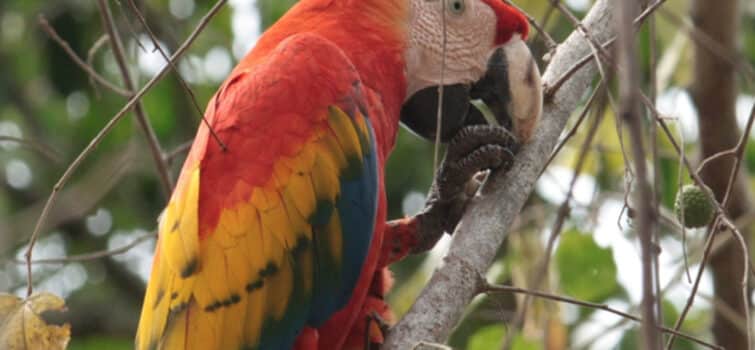
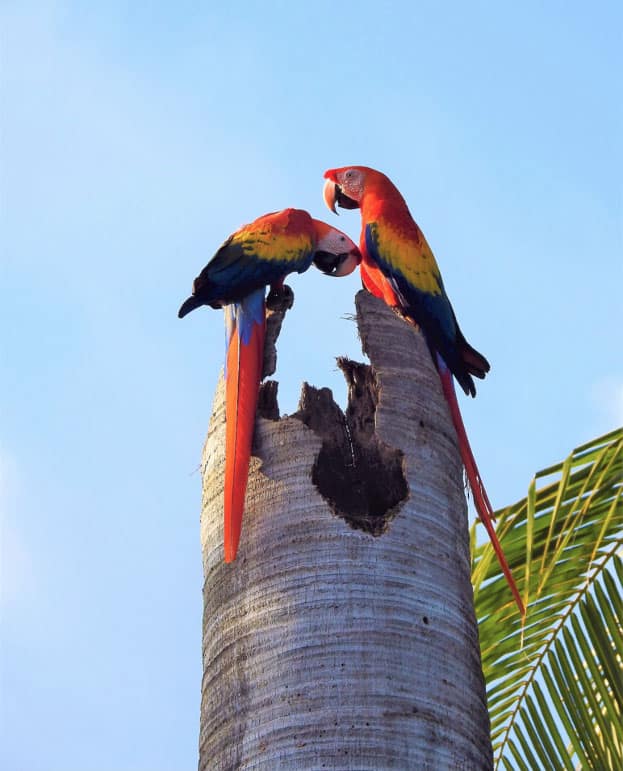
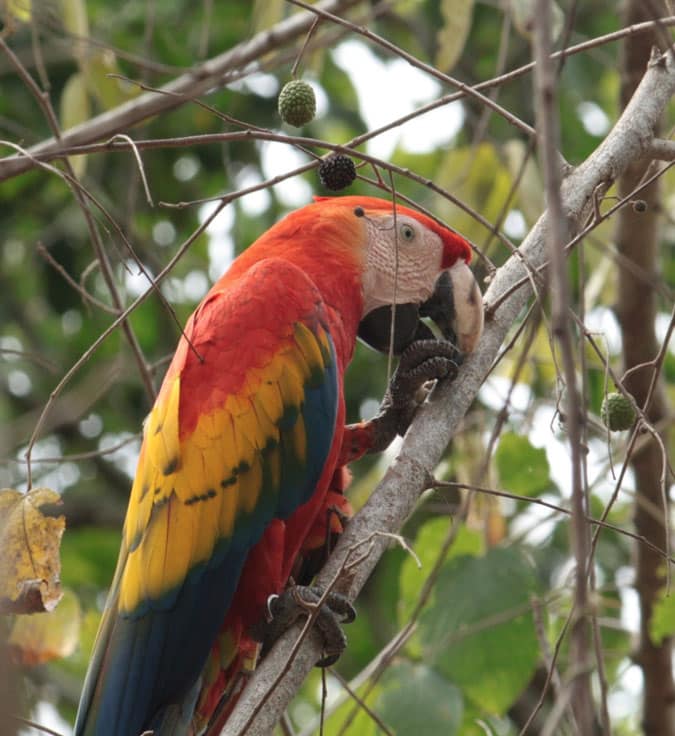
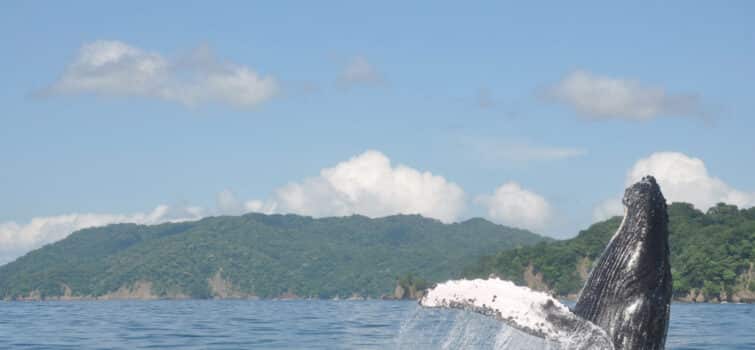
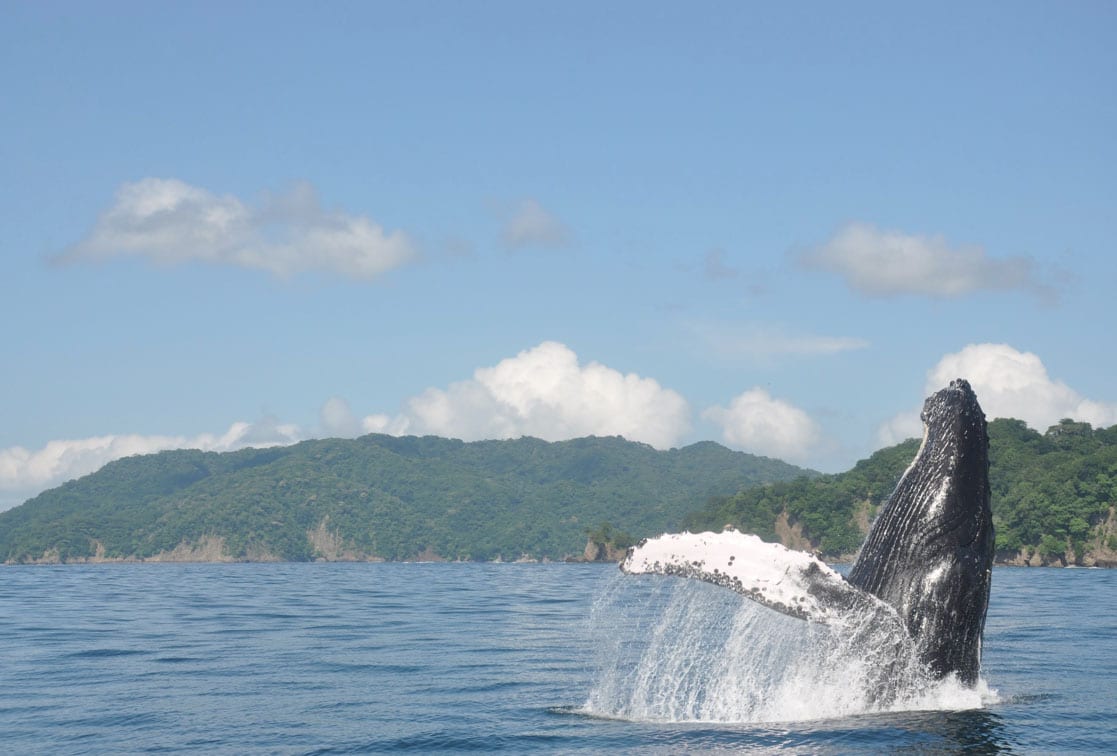
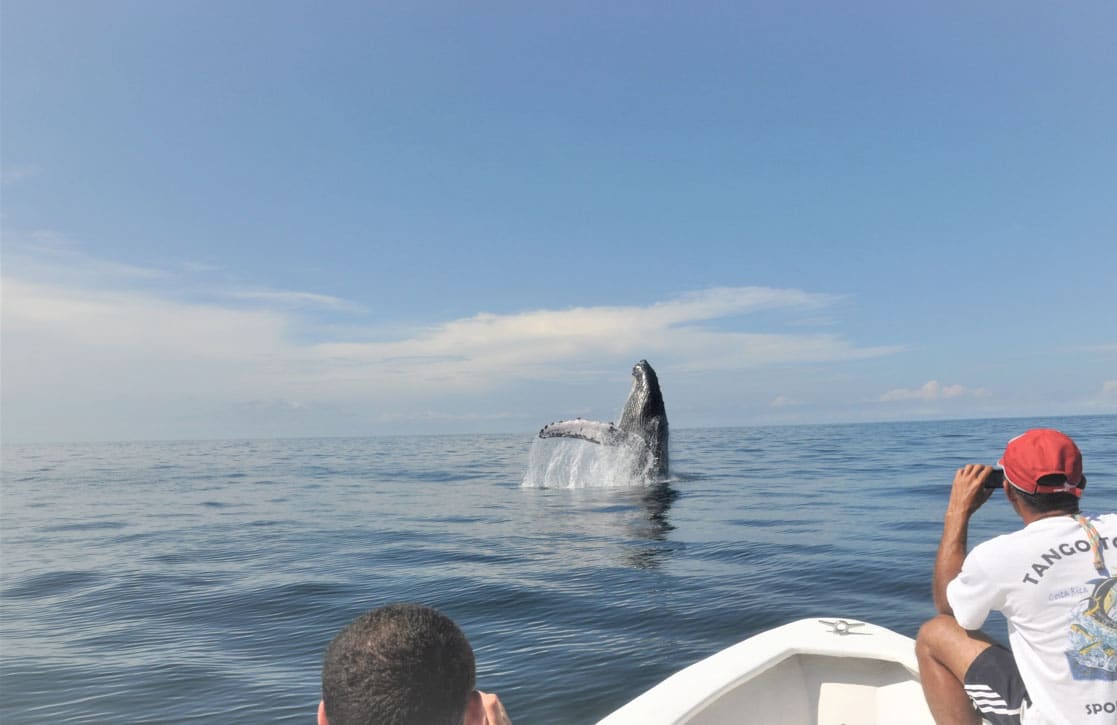
Recent Comments